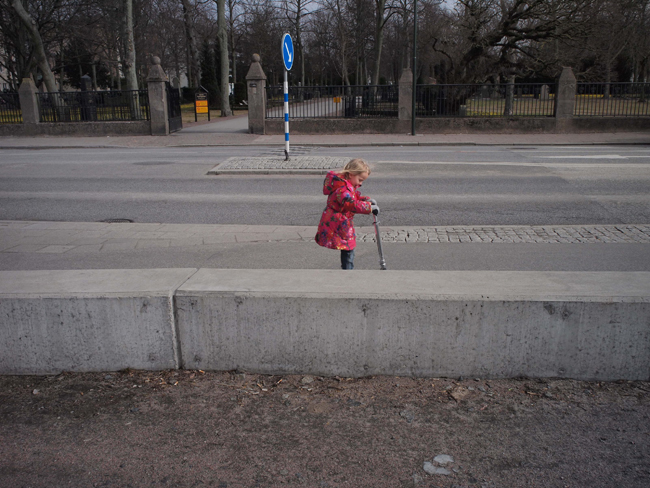On 4 April, the Swedish government announced that from 1 January 2020 municipalities will be able to introduce three different kinds of low-emission zones. It will be up to cities themselves to decide whether and where low-emission zones should be applied.
“Children’s right to breathe clean air takes priority over the right to drive all kinds of cars on every single street. We are now giving the municipalities the powerful tool they have long been requesting so that they can tackle hazardous air pollution,” said Minister for the Environment Karolina Skog.
The first type of low-emission zone (LEZ) regulates heavy-duty vehicles (lorries and buses), and this type of LEZ already exists in eight cities.
The second type of LEZ sets standards for cars. Initially, diesel cars that meet the Euro 5 and 6 emission standards may drive here. But on 1 July 2022, the standards will be made stricter, allowing only Euro 6 diesel cars. The same applies to hybrid electric vehicles and plug-in hybrids with diesel engines. Petrol-driven cars will have access if they meet Euro 5, or better. This also applies to hybrid electric vehicles, plug-in hybrids, natural gas vehicles and E85 vehicles. Cars with better environmental performance, such as electric cars and fuel-cell vehicles, may also drive here.
The third type of LEZ sets the highest standard. This zone only allows purely electric cars, fuel-cell cars and gas-driven cars that meet Euro 6. Similarly strict standards also apply for heavy vehicles.
Information: http://www.government.se/press-releases/2018/04/government-makes-announc...































